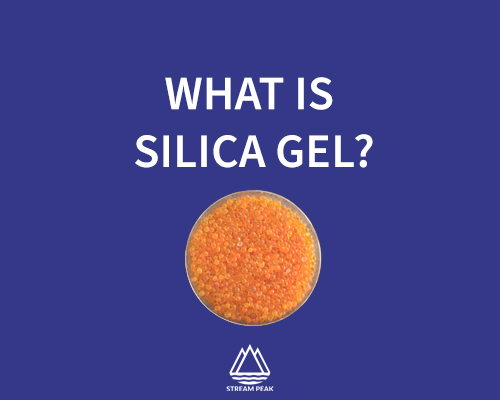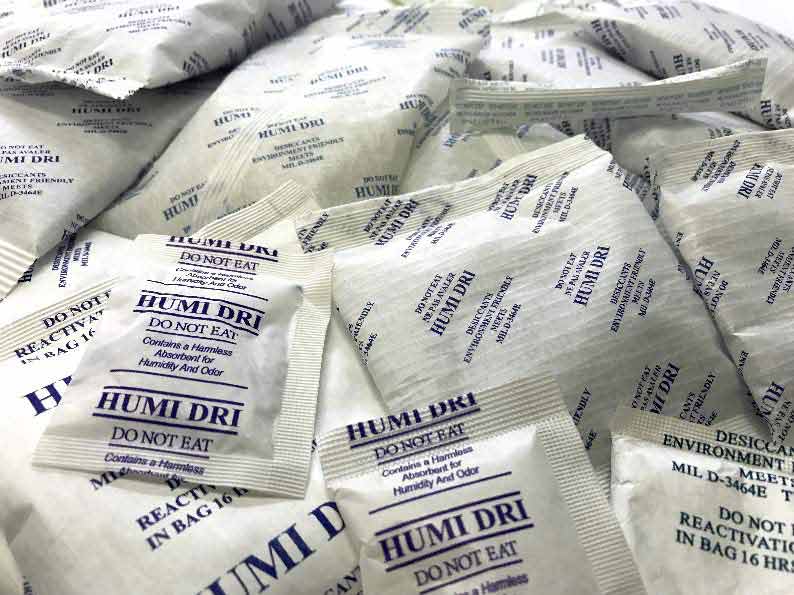
What is Silica gel?
Sometimes in food packaging, you’ll find a small, white packet with “silica gel” written on it. Have you ever wondered what this silica gel is and why we find it everywhere? First, let’s get to know what silica gel is.
Silica Gel
Silica gel is an amorphous form of silicon dioxide, meaning its atoms have an irregular framework. In the traditional frame of silicon gel, oxygen and silicon atoms are placed at a distance, measured on the nanometer scale, creating pores in the structure. The second quality of silica gel is that it is an acceptable form. The silica gel is called silica xerogel if these voids or pores are filled with gas or vaccine. Silica gel is usually the component we find in those little packets in granular form. Some of them contain some indicators which can change colour after absorbing water. This is an essential property of silica gel, and we’ll see why in the following few lines.
Difference Between White, Orange, and Blue Silica Gel
White Silica Gel
The colour of a non-indicating moisture absorber does not change until saturation, as the name implies. Measuring the absorber by weight or using a humidity indicator card are two methods for determining its saturated limit.
Orange Silica Gel
The desiccants, also known as Envirogel, contain a colour indicator called methyl violet, which changes from orange to green/colourless when saturated with moisture. It is not healthy to consume, despite its medicinal properties.
Blue Silica Gel
This moisture absorber contains cobalt chloride that enables it to change colour from blue to pink when completely saturated with moisture. Since cobalt chloride is harmful, it should not be used in food.
Applications of Silica Gel
Moisture stimulates mould growth and shortens the shelf life of food packaging and highly sensitive products like electronics that are harmed by condensation easily. Silica gel has many advantages when used as a packaging drying agent. Desiccants can dry the air in industrial compressed air systems when filled in desiccators. Before entering the enclosed container, the absorber can extract moisture from the air intake. They are widely used as a preservative in areas like libraries and museums to regulate relative humidity. Cameras and fish oil packaging are examples of other applications.


